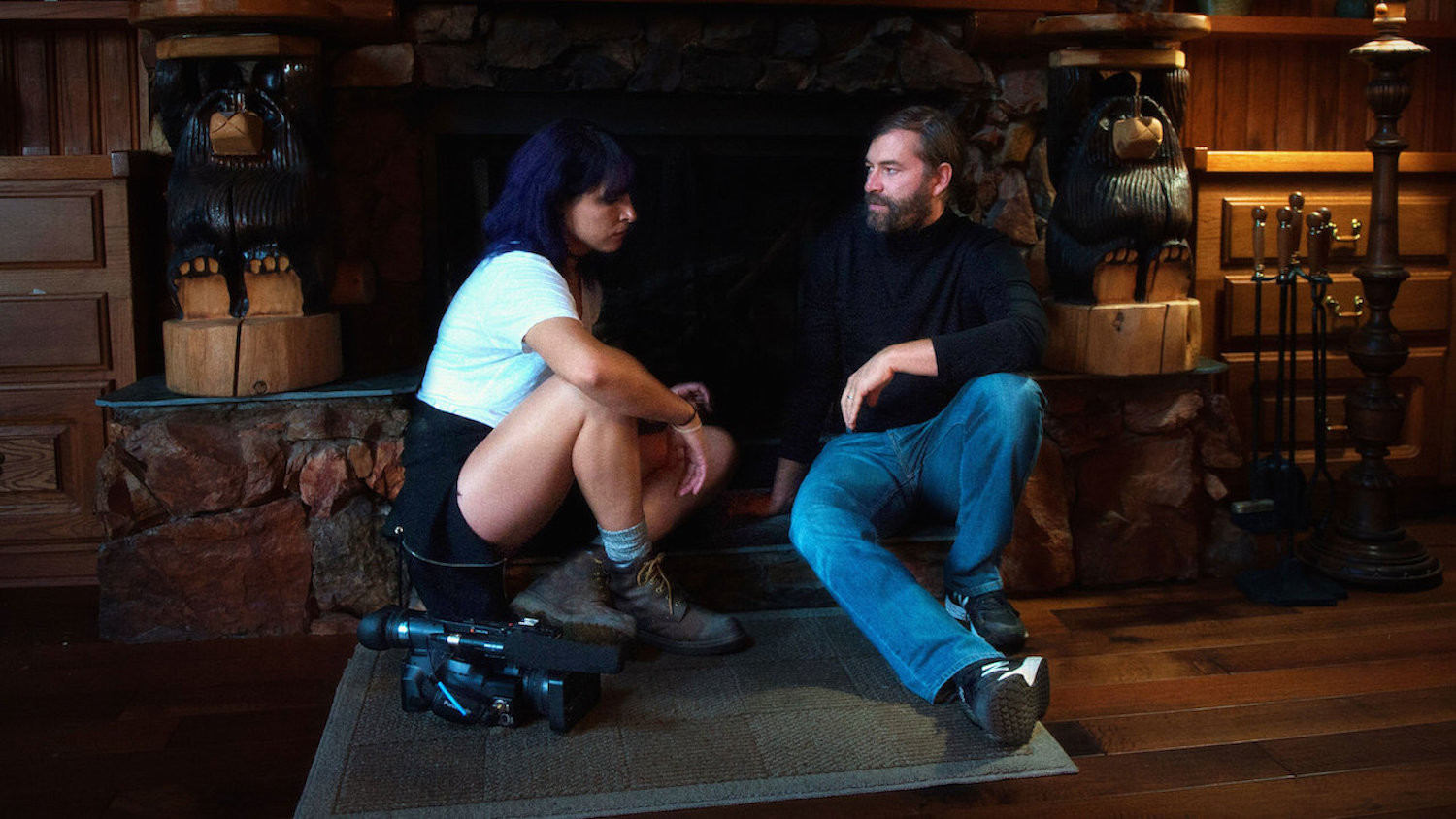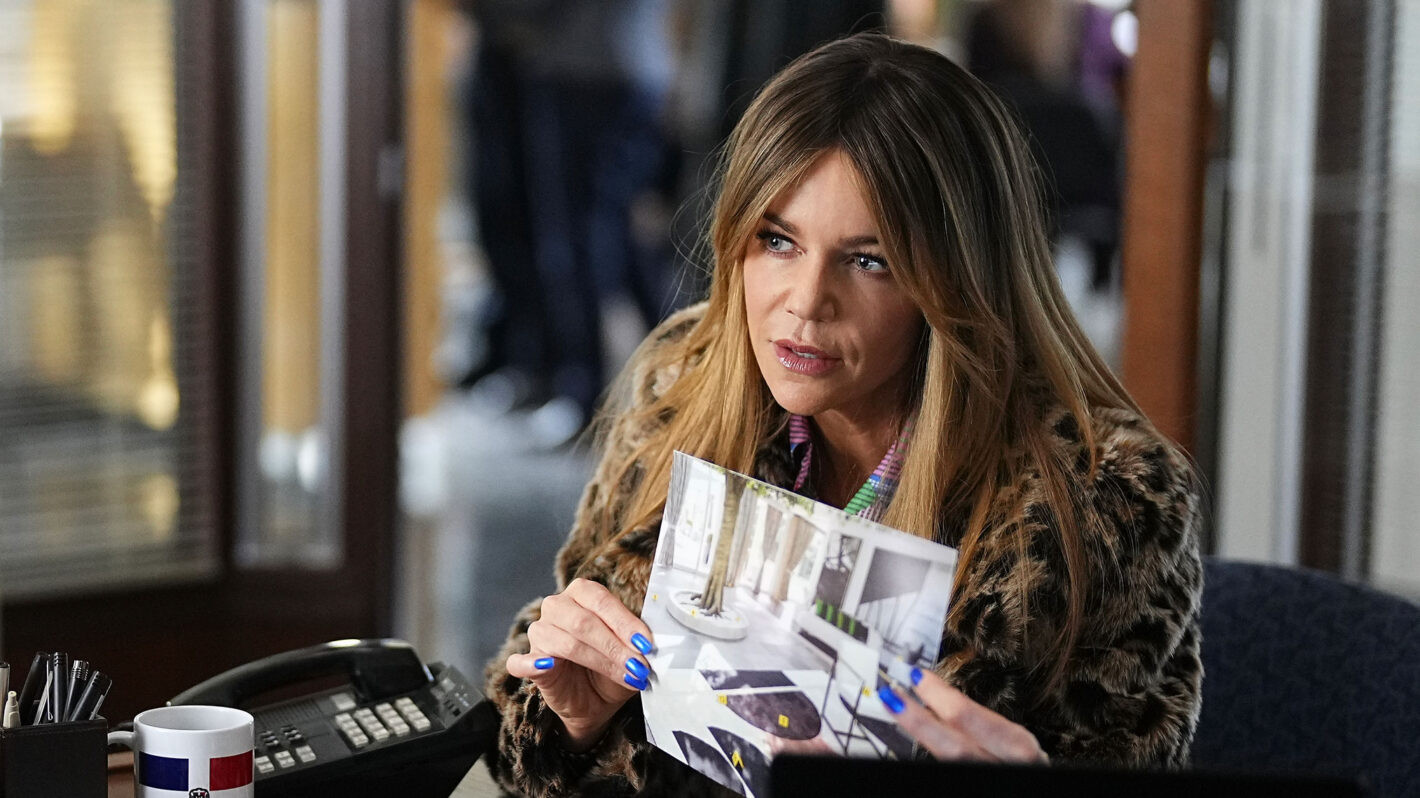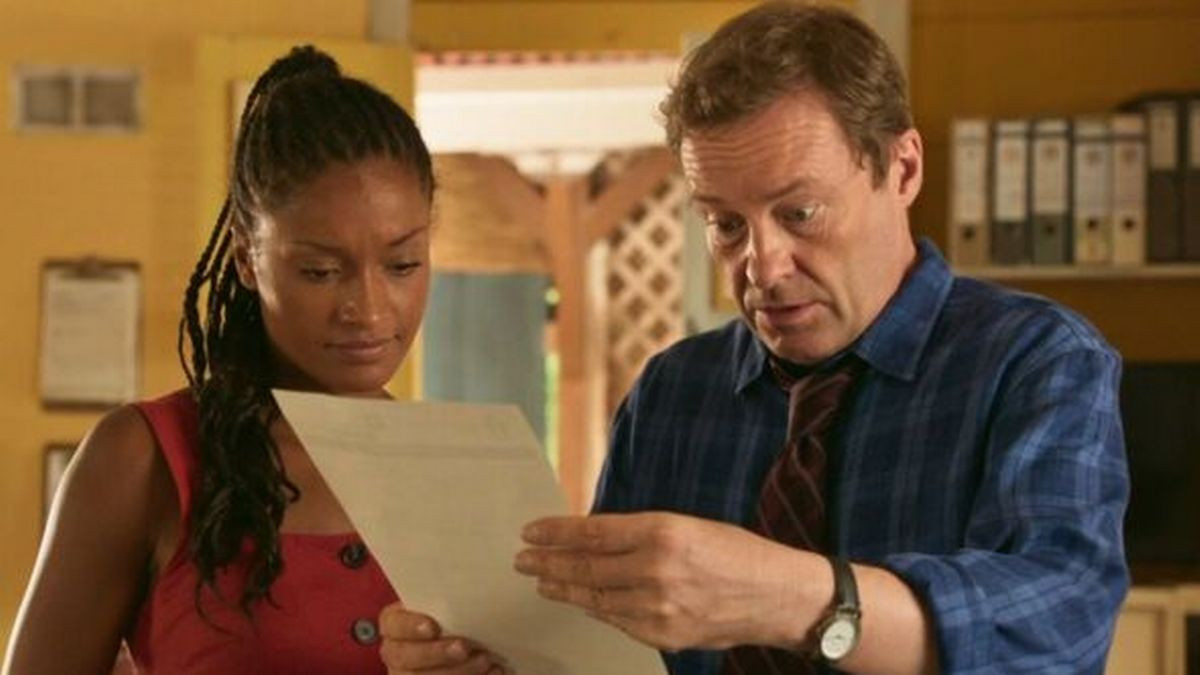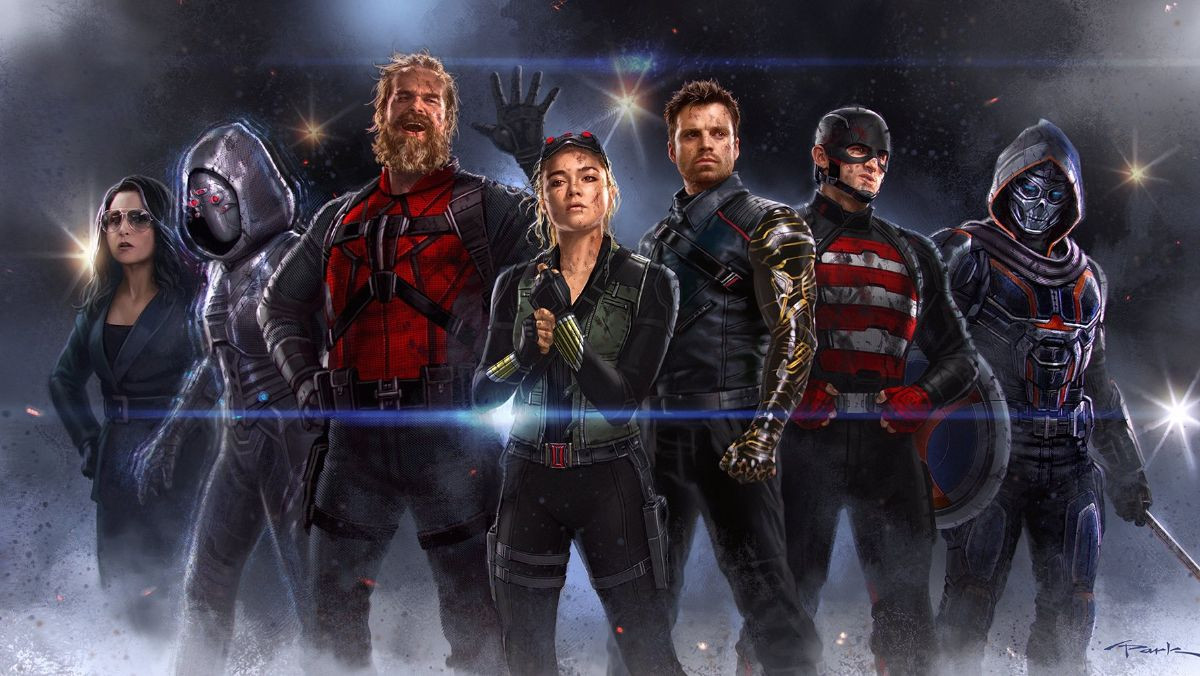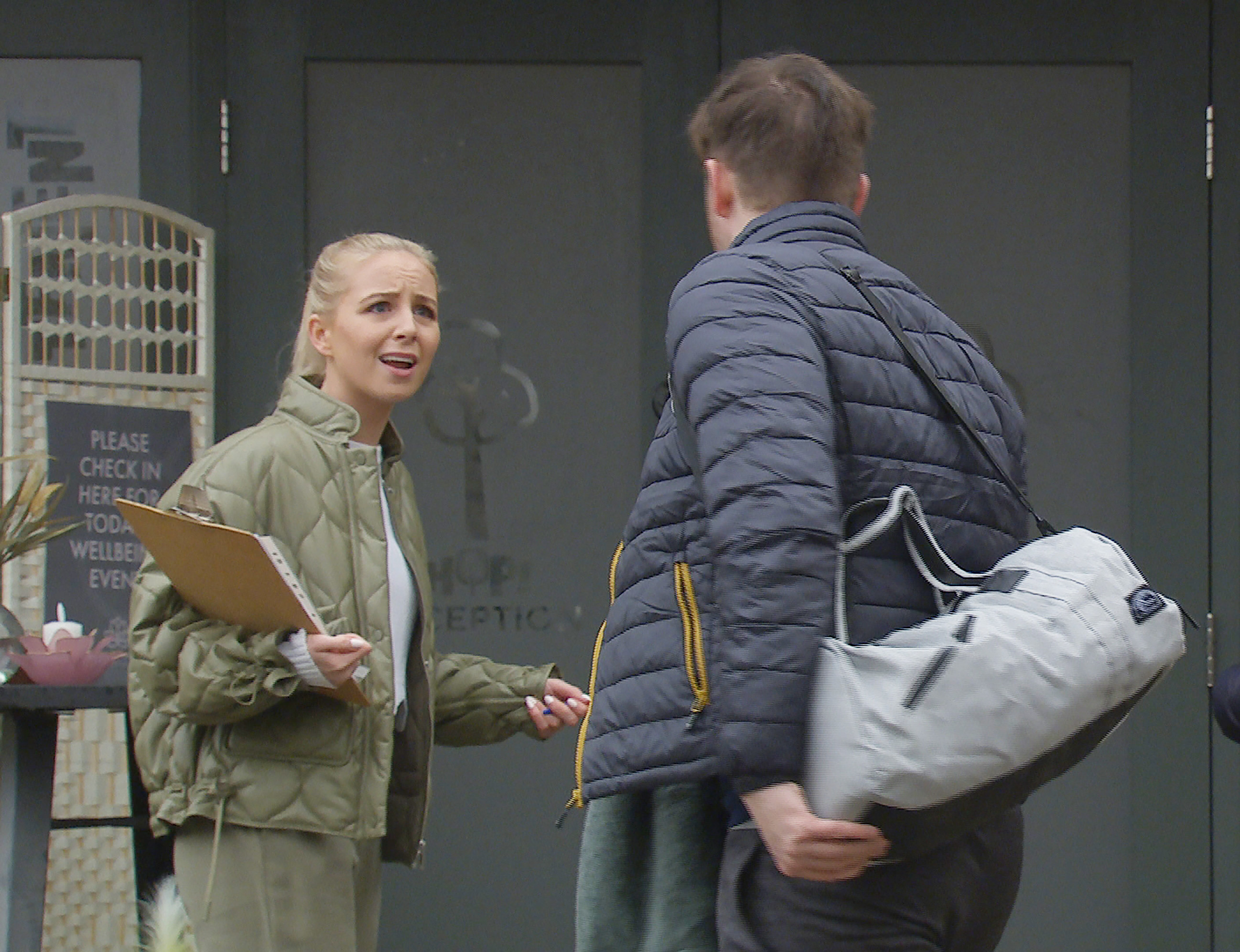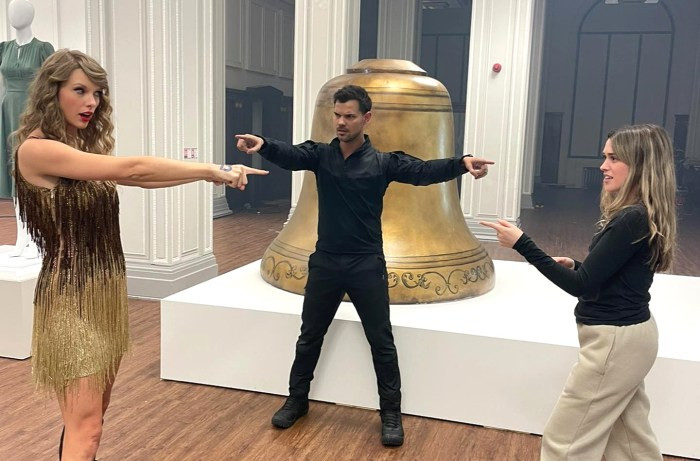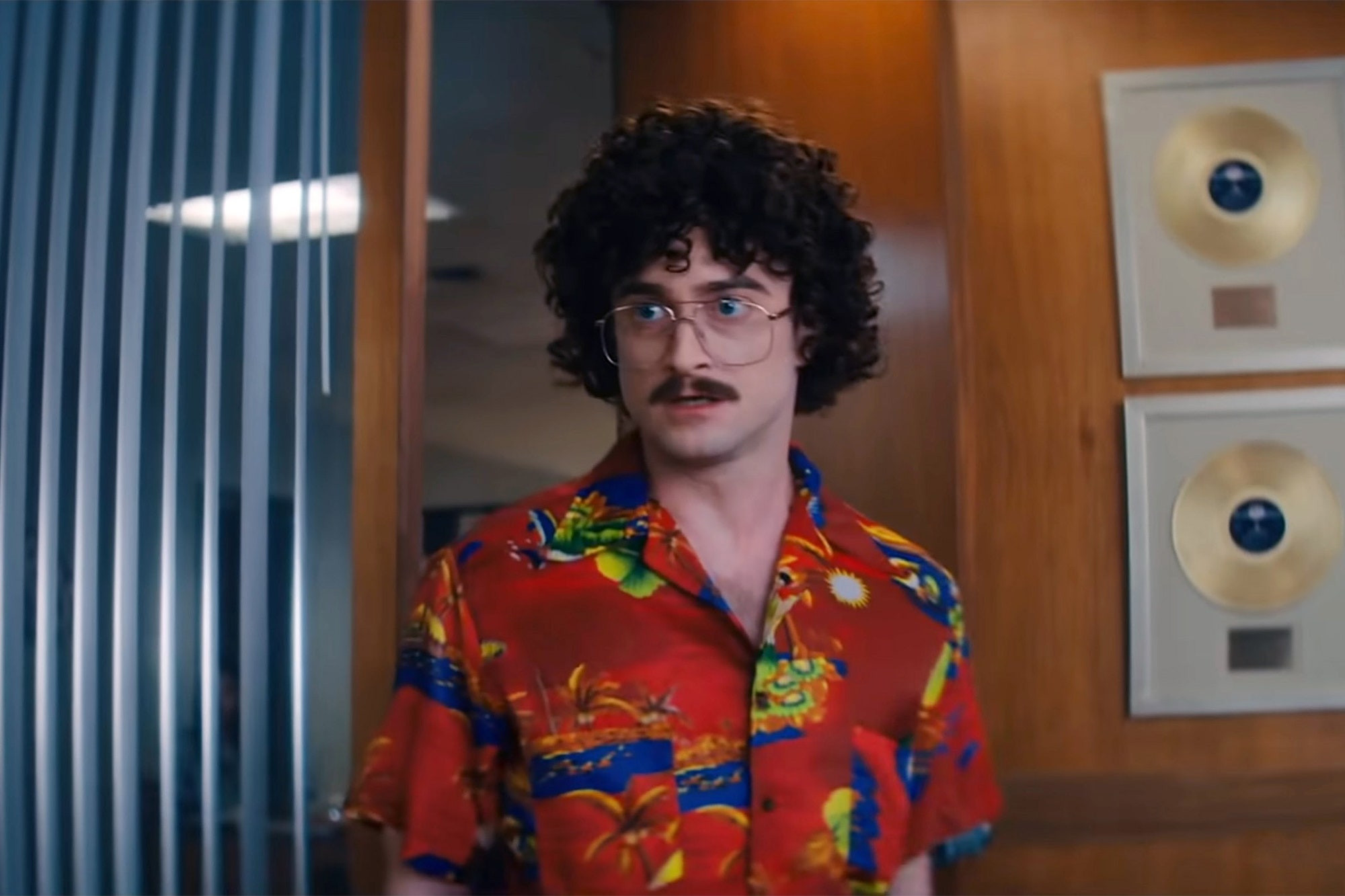A horror movie with only one sequel can feel like a failure, as if the second film didn't earn enough to justify a trilogy. It's rare to find a two-part horror franchise that completes a fulfilling narrative arc and keeps us enthralled throughout. The double feature of Creep and Creep 2 from Mark Duplass and Patrick Brice -- streaming now on Netflix -- hits that ball out of the park, however, with a hilarious and chilling first film and then a sequel that takes the franchise in a completely different direction.
In the first Creep, Brice (in his directorial and acting debut) plays Aaron, a struggling videographer who's taken a random gig at a remote cabin in Crestline, California. The job? It's filming a video diary for a man named Josef (Duplass), who says that he's dying of a brain tumor and wants to leave a message for his unborn child. Right from their initial meeting, Aaron realizes something is wrong with Josef, and that creeping dread ramps up inch by inch until their final encounter.
From the first meeting between Josef and Aaron, it's clear that something is amiss. Inspired by both My Dinner With Andre and Misery, Creep is a "two-hander," meaning the movie consists almost entirely of two characters -- Aaron and Josef -- working their way through an incredibly awkward (and sinister) relationship. (Duplass' wife Katie Aselton puts in a brief but memorable performance as Josef's sister on the phone.)
As tensions rise between the two characters, Josef becomes more and more unhinged, often in hilarious asides or antics that show just how far someone can go before the other person finally breaks and says "I'm out." Aaron, desperate for work and caught in that awkward situation where you don't want to offend or lose a paying client, takes more and more of the weirdness until the character Peachfuzz shows up and all hell breaks loose.
The movie is shot from Aaron's camera, so we see the action unfold from his perspective, letting Duplass cut loose as a polished and off-kilter comedian. I wasn't a big fan of Duplass before this movie, but the character fits him perfectly. I can't think of anyone else who could balance the banality and weirdness of evil as well as he does.
Most of the action in Creep takes place with Aaron behind the camera, but some scenes involve setting the hand-held down for a fixed shot. Some critics complain that Creep doesn't leave enough freedom for audiences to think that Josef might not be a serial killer. I'd argue that the end of the movie is in doubt until the final scenes, when we get a satisfying and illuminating conclusion.
In the sequel, Creep 2, the script gets flipped -- less "Mind of a Monster," more "Portrait of a Serial Killer in Mid-Life Crisis." Josef is back, but now he's named "Aaron," after his favorite victim. And he's hiring another desperate freelance videographer -- Sara (Desiree Akhavan, director-writer of The Miseducation of Cameron Post), who's struggling as a YouTuber filming random encounters with men on Craigslist.
Instead of rehashing his usual m.o., Aaron is straight with Sara from the start. He tells her that he's a serial killer and that he'll let her live if she makes a documentary about him. The twist? She doesn't believe him, and every attempt that Aaron makes to scare Sara goes laughably wrong.
Aaron pulls out all his old tricks in Creep 2, but nothing seems to convince Sara that he's a serial killer. Sara and Aaron grow closer as the day goes along, developing the sort of oddball relationship that Sara has been craving from her unsuccessful Craigslist interviews. Aaron settles on a final resolution for their day, and Sara is having none of it, leading to a thrilling conclusion that's again in doubt until the very last moment.
The ending leaves open the possibility of another movie, as we imagine someone new behind the camera, but it also resolves the Creep franchise with a compelling final scene that twists the videographer-subject dynamic into further knots. (Duplass has announced a 30-minute TV show called Creep Tapes that will focus on Josef's earlier victims.)
If you're looking for a pair of indie horror films that avoid the most common cliches and tropes of the found-footage genre, Creep and Creep 2 certainly meet the criteria and provide more of a bang than many horror movies with much larger budgets.
Creep: How a $500 horror thriller became a cult classic
There’s an old adage that all you need to make an entertaining movie on a low budget is a great idea and there is no better proof of that then the 2014 horror thriller Creep, streaming on Netflix.
Built around an extraordinarily simple but effective premise, the film follows Aaron (played by co-writer and director Patrick Brice) – a cash-strapped videographer who decides to accept a Craigslist ad. The job: travel to a remote mountain cabin and record a stranger named Josef (co-writer Mark Duplass) for a day in exchange for $1,000. Upon arrival, the friendly Josef tells Aaron that he is terminally ill and – inspired by the forgotten Michael Keaton-starring drama My Life – that he wants Aaron’s help in recording a video diary for his unborn child.
While the day starts out normal enough, Josef’s erratic behaviour – his oversharing, his overfamiliar nature, his penchant for hiding and then jumping out and scaring Aaron, his obsession with a wolf mask he dubs ‘Peachfuzz’ – starts to concern the videographer.
Filmed completely in the found footage style, the 77-minute-long Creep was made in a very unconventional manner. Inspired by Stephen King classic Misery, as well as their experiences on Craigslist and being thrust into very personal situations with strangers, Brice and Duplass did not complete a script. Instead, the pair just wrote an outline for their story before beginning shooting.
Already a legend in the US independent film scene when making Creep for his low-budget, character and relationship-focused movies Baghead and The Puffy Chair, Duplass told ComingSoon.net about the making of Creep:
“We built the movie out of a series of conversations together. What if we put together an outline and start shooting this thing? We accepted it was going to be a mess and, basically, refine it while we’re shooting as opposed to refining it while we’re writing. It’s an arts and crafts project. [laughs] Which was very liberating and very fun. For a year and a half, we’d shoot, edit, show it to people, see what landed. Shoot, come back…it was really fun.
“I can’t stress enough, there were 10 to 12 permutations of each scene. It was a process in the making. To say there were alt endings, sure, there were several different ways this movie could have ended. We shot all of them.”
On this process, Brice adds: “We diagnosed the problems. Did some reshooting and showed it to people, got a response.”
Because of its found-footage concept and extremely small crew, Creep cost a scant $500 to make. And yet, this process worked a treat, turning the horror thriller’s limitations into a strength. Lacking the visual sheen you’d associate with higher budget movies – thanks to its shaky camera filmmaking and ordinary on-location settings – its these very elements that make Creep feel all the more real and believable.
And because of this, its so easy to put yourself in the protagonist Aaron’s shoes and imagine what you would do if you were ever confronted with someone like Josef, a situation which is definitely not out of the realm of possibilities.
It’s worth noting though that the brilliantly stripped down central scenario of “what if you were stuck with an awkward person in an isolated place for a long time together alone” and the immediacy of the do-it-yourself-filmmaking approach is aided hugely by Duplass’ performance. Alternating between likeable and funny to absolutely bone-chillingly creepy, Josef – and by extension Peachfuzz – deserve a place in the pantheon of horror villain legends.
Having seen what Brice and Duplass were able to conjure up on such a low budget, legendary horror producer Jason Blum (Get Out, Insidious, Paranormal Activity) came onboard the project. With his involvement and strong reviews on the festival circuit (91% on Rotten Tomatoes), Creep was able to get proper distribution – with Netflix putting out the film internationally.
Speaking to the No Film School website, Duplass cited Creep when discussing this piece of advice for filmmakers starting out: “Make your first movies cheaply, and don’t be afraid to fail.”
“Can you take big creative risks for no money? Show people what you can do for nothing,” he explained. “The tenet I’ve always followed was I never make a movie unless I know it’s gonna make its money back. Make your movie sustainable at the level you made it at.
“There are so many creative ways to make a $500 movie. Creep cost no money because we used a found-footage concept and three-person crew. We did a seven-figure sale to Netflix for that movie.”
Creep’s legacy: A cult hit and a successful franchise
And the success of Creep still continues to resonate. Brice and Duplass returned for a sequel three years later in 2017 titled Creep 2, which maintained the tension of the original while amping up its comedic elements. The found-footage follow-up was also acclaimed, earning a perfect 100% score on Rotten Tomatoes. Now, seven years later, we’re getting a six-episode spin-off series titled The Creep Tapes – premiering on 15 November – with Duplass reprising his lead role and Brice directing the entire show. Given the humble origins of Creep, the fact that it spun out into such a critical darling, cult franchise is an incredible success story.




